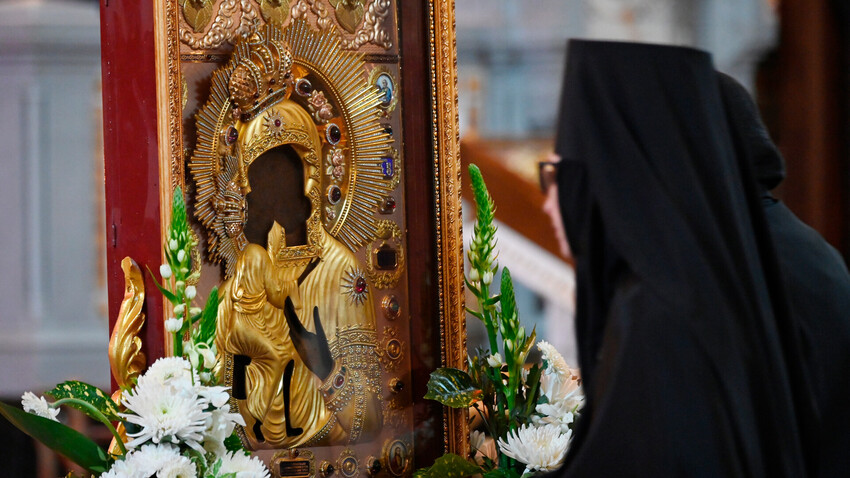
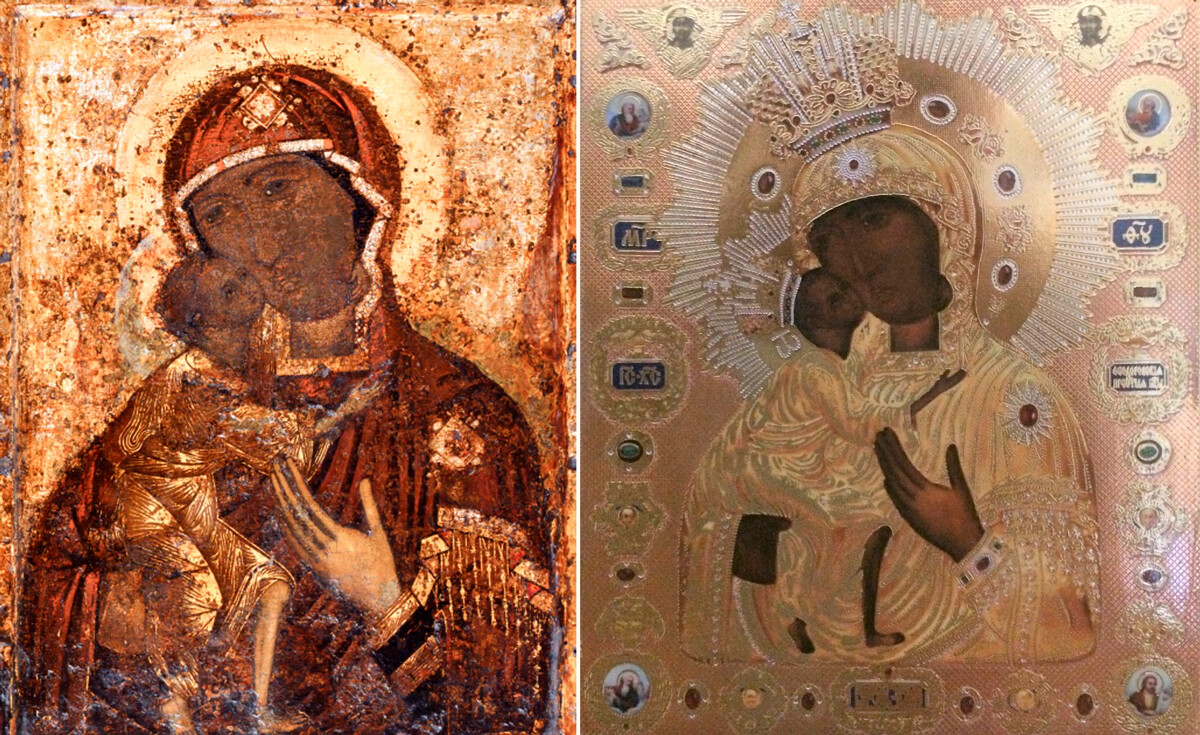
The Feodorovskaya Icon of the Mother of God: actual painting and the icon in a riza (metal cover)
Public DomainWhile it’s not clear just how and when exactly the Feodorovskaya Icon of the Mother of God first appeared in Russia, and by whom it was created, according to legend the icon was kept in the Feodorovsky Monastery in the town of Gorodets in Nizhny Novgorod Region until 1238. At that time, the town was burned to the ground by the troops of Mongol leader Batu Khan, and only some time later was the icon discovered for the second time – this time, by the inhabitants of the city of Kostroma.
According to The Story of the Discovery of the Miraculous Feodorovskaya Icon, on August 15, 1239, which was the eve of the feast of the Assumption of the Blessed Virgin Mary, the residents of Kostroma saw a warrior holding in his arms an icon of the Mother of God, walking along the city streets. According to the legend, in this warrior the Kostroma people recognized the holy Great Martyr Theodore Stratelates, the patron saint of the Christian army. He carried the icon through the entire city, and the next day the prince, while hunting near the Zaprudnya River that’s north of Kostroma, came upon an icon of the Virgin Mary that was hanging in a tree.
There are three different legends that mention the names of three different princes who found the icon – 1) Kostroma Prince Vasily Kvashnya; 2) Vladimir Prince Yuri Vsevolodovich; and 3) the younger brother of Alexander Nevsky, Vasily Yaroslavich.
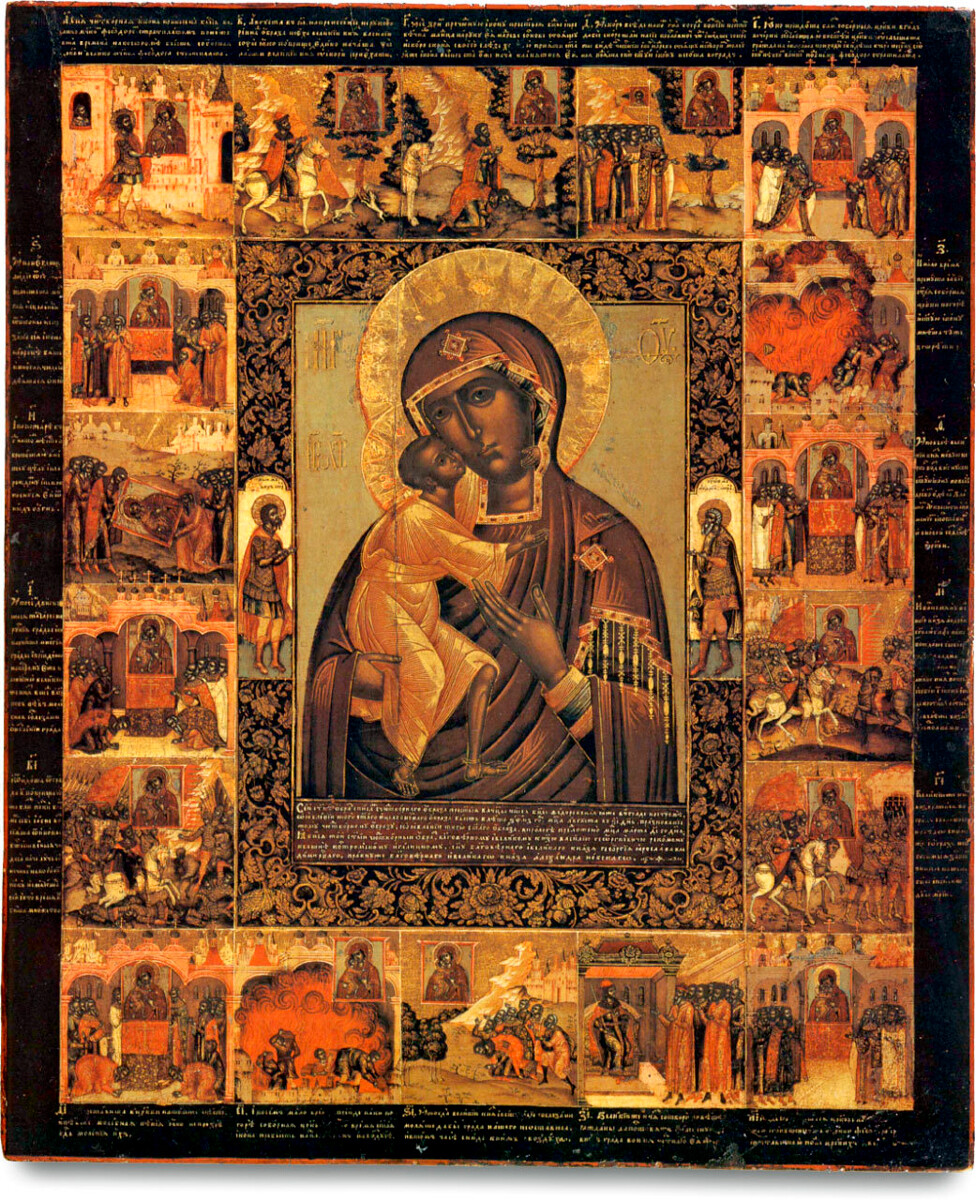
Feodorovskaya Icon depicted with episodes of its miraculous finding and its miracles. Kolomenskoe, Moscow, 18th century
Public DomainThe main point, however, as the researcher of the icon Alexey Feodorov writes, “is that the icon was revealed not to a peasant, not a monk or a merchant, but specifically to a prince of the Rurikid family. This immediately determined the status of this icon as a patron and protector of state power.”
The icon was transferred from Gorodets to Kostroma, where it was placed in the Church of Theodore Stratilates. The legend says that the prince who found the icon was unable to take it in his hands; only the priests who arrived from Kostroma were able to touch and carry it. The very name “Theodore”, which gave the name to the icon, is translated from Greek as “God’s gift”.
Legends say that in 1262 (or 1264) on Lake Svyatoe (four kilometers from the center of modern Kostroma), the icon miraculously helped the Kostroma people defeat a detachment of Mongol-Tatars – the icon blinded the invaders with “divine light.” Since then, the icon has been revered as a “miracle working icon”. At the end of the 13th century, the icon was placed in the Assumption Cathedral of the Kostroma Kremlin, the altar of which was facing not to the east, but to the north, towards the place where the icon was found. This is a unique case for Orthodox church architecture of that period.
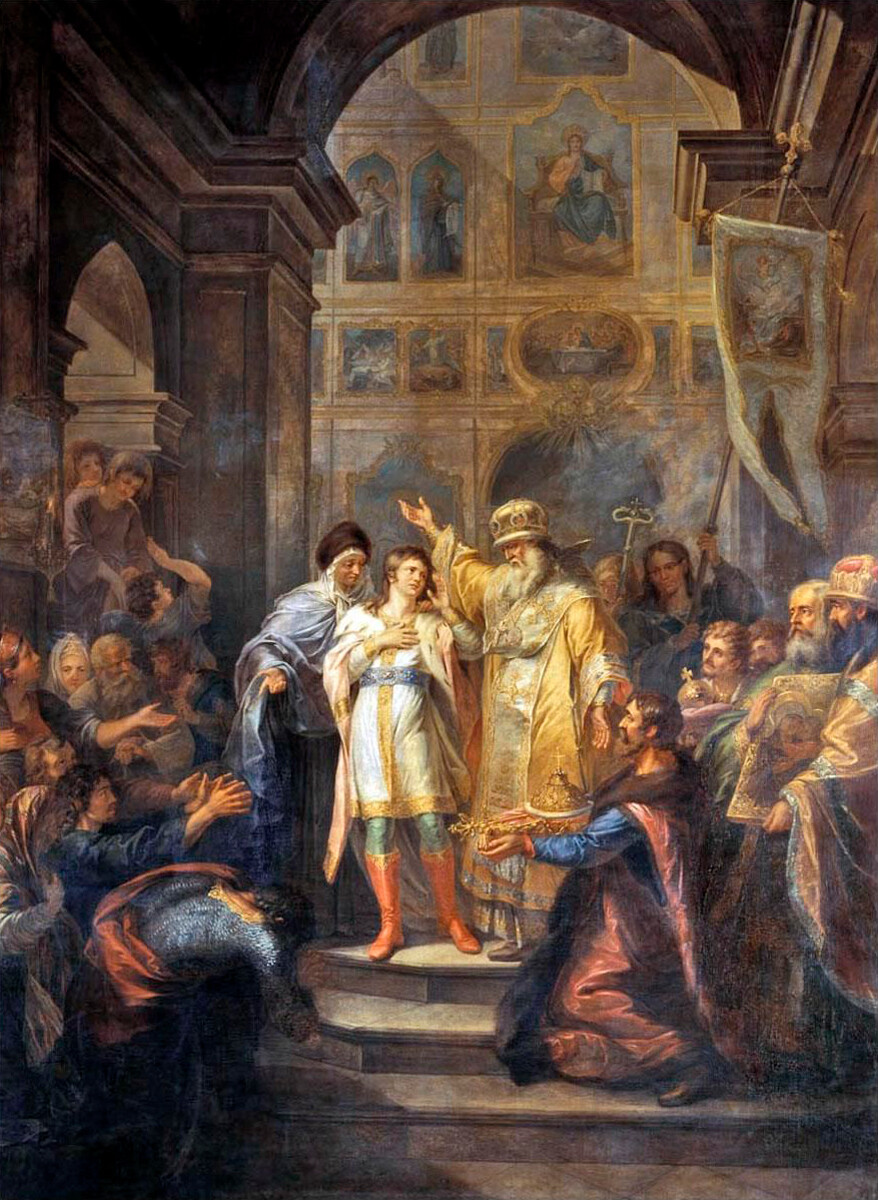
The invitation of Mikhail Feodorovich to the throne, by Grigory Ugryumov, 1800
Russian MuseumIn 1613, the Zemsky Sobor (Assembly of the Land) chose young Mikhail Feodorovich Romanov, who had sought refuge in Kostroma’s Ipatiev Monastery from invading Polish forces, to become Russia’s new tsar. Although sources do not mention the Feodorovskaya icon in connection with the invitation of Mikhail Feodorovich to take the throne, the “New Chronicler” of the 17th century claims that the official procession that travelled to beseech Mikhail took the Feodorovskaya icon with them. The day of March 14 (old style), when Mikhail agreed to accept the Russian throne, was henceforth designated as the official day of celebration of the Feodorovskaya Icon, which is now marked on March 27, new style.
In the first years of his reign, in order to emphasize the status of the icon as the patroness of the Romanov family, Tsar Mikhail sent many expensive gifts to honor the icon and made donations contributions to the Assumption Cathedral in which it was kept.
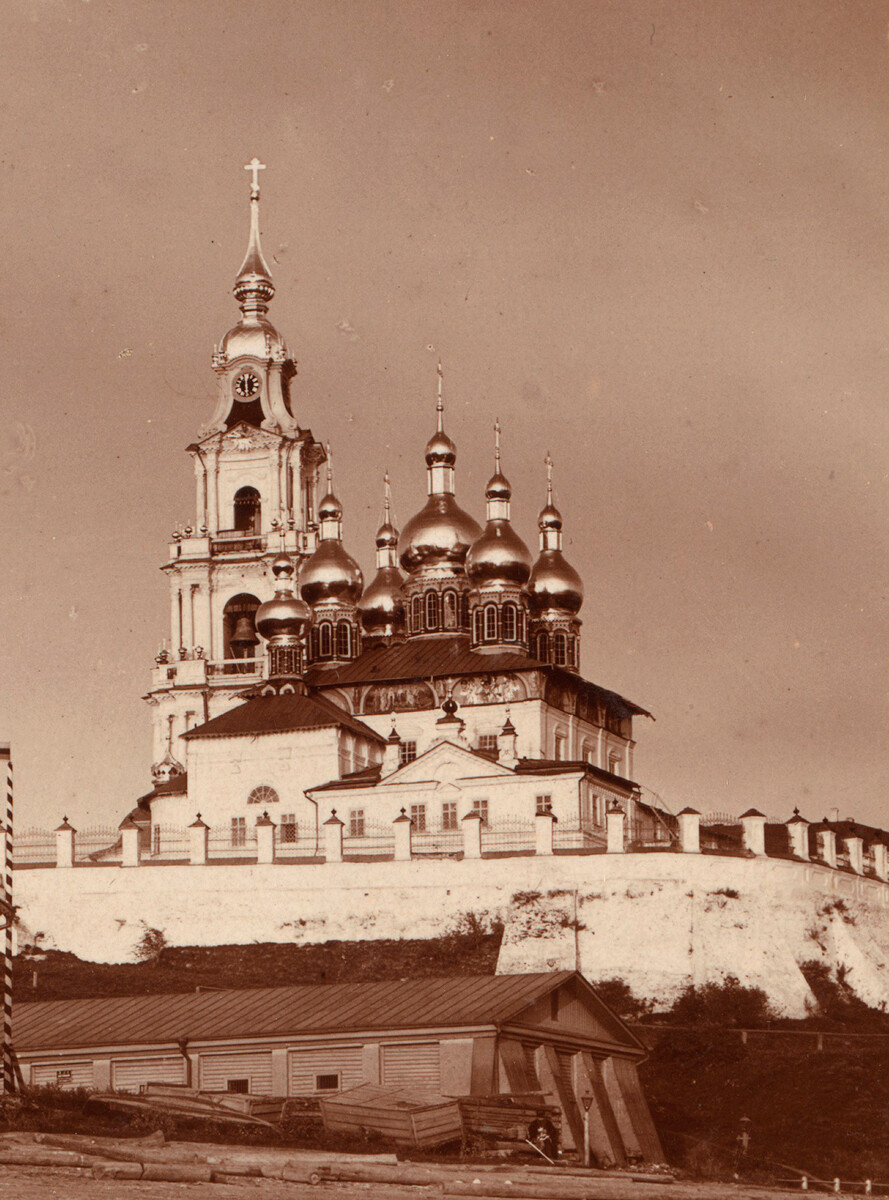
The Assumption Cathedral in Kostroma, founded circa 16th-17th centuries, demolished by Bolsheviks in 1934. The Assumption cathedral was the place where Feodorovskaya Icon was kept during the reign of the Romanov dynasty
Public DomainDespite its status as a tsarist holy relic, the icon continued to remain in Kostroma. As Alexey Feodorov writes, “the church tradition of venerating the revealed icons of the Theotokos does not allow them to be so easily moved from place to place. The location of the image is determined by the will of the Mother of God Herself. Neither princes, nor kings, nor patriarchs could change this rule at will. They humbly made pilgrimages to Kostroma, not thinking of bringing the image to Moscow or Saint Petersburg.”
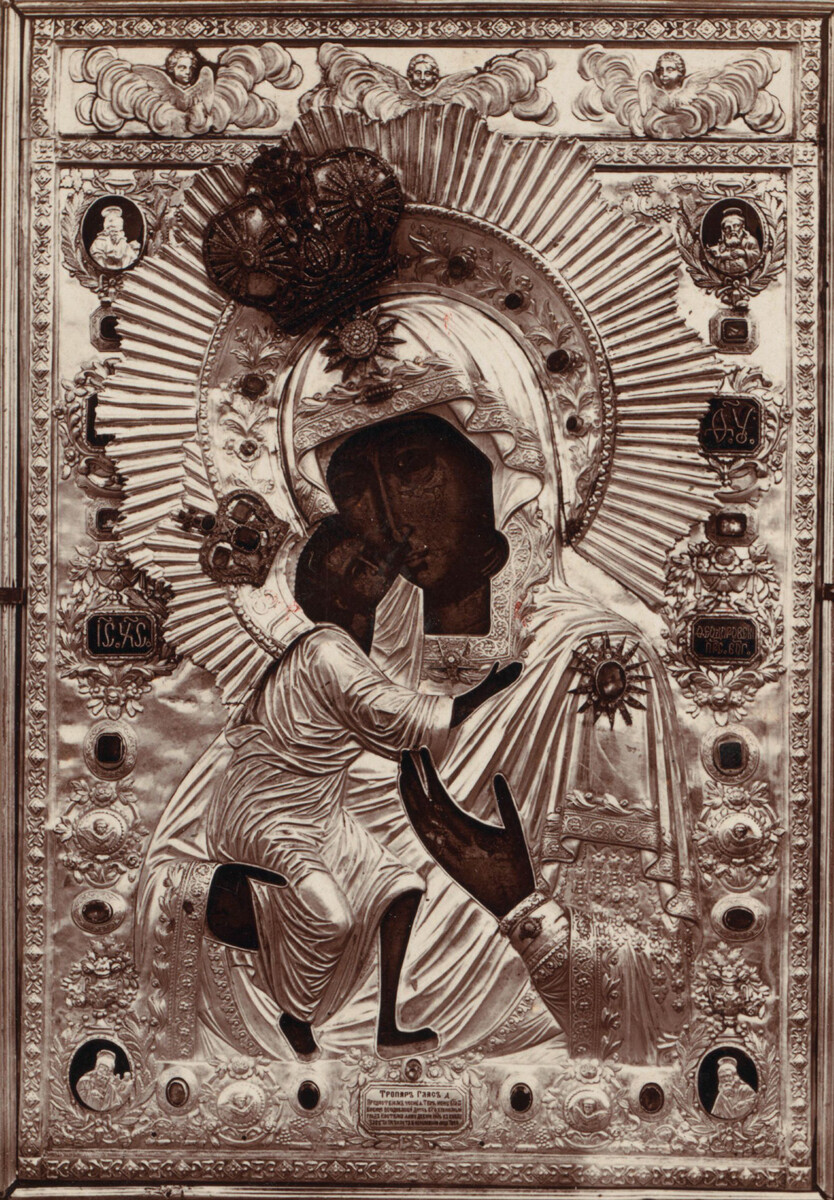
Feodorovskaya Icon of the Mother of God in 1910
Public DomainIn 1684, Ivan Alekseevich, who was the brother of Peter the Great and co-ruler of Russia, married his first wife and her patronymic was changed in honor of the Feodorovskaya icon. Praskovya Aleksandrovna Saltykova became Praskovya Feodorovna, and her father’s name was changed from Alexander to Feodor.
In 1689, when Peter married Praskovya Illarionovna Lopukhina, she changed both her name (so as not to coincide with another tsarina) and patronymic to become Evdokia Feodorovna, again in honor of the icon.
This tradition continued in the 18th century, and European princes and princesses who married into the Russian imperial family were named in honor of the Feodorovskaya icon. Karl Peter Ulrich of Holstein-Gottorp, who was grandson of Peter the Great, became Grand Duke and then Emperor Peter Feodorovich. The most famous Feodorovnas were:
– Maria Feodorovna (Sophie Dorothea of Württemberg), wife of Paul I
– Alexandra Feodorovna (Charlotte of Prussia), wife of Nicholas I
– Maria Feodorovna (Dagmar of Denmark), wife of Alexander III
– Alexandra Feodorovna (Alix of Hesse), wife of Nicholas II
– Elizabeth Feodorovna (Princess Elisabeth of Hesse and the Rhine), wife of Grand Duke Sergei Alexandrovich.

Feodorovskaya Icon of the Mother of God in 1910
Public DomainAfter the Bolsheviks seized power in October 1917, the Feodorovskaya icon remained in Kostroma. However, at some point the faces of the icon became darkened. While legend connects this metamorphosis with the abdication of Nicholas II, in reality this discoloration most likely happened as a result of several unsuccessful restorations by experts. In 1919, the icon was first examined by an official commission of the People's Commissariat for Education that was headed by the leading art conservator Igor Grabar.
Then, restoration of the image was done by experts in Kostroma. In 1929, the icon was again restored by Grabar in Moscow. After this attempt, however, the faces became almost unreadable, and even the restoration in 1964 (again, at the All-Russian Art Research and Restoration Center named in honor of I. E. Grabar) was unable to repair the damage. Modern-day researcher Alexey Feodorov believes that the darkening of the faces was most likely the result of mistakes made by Igor Grabar and his employees during their efforts at restoration.
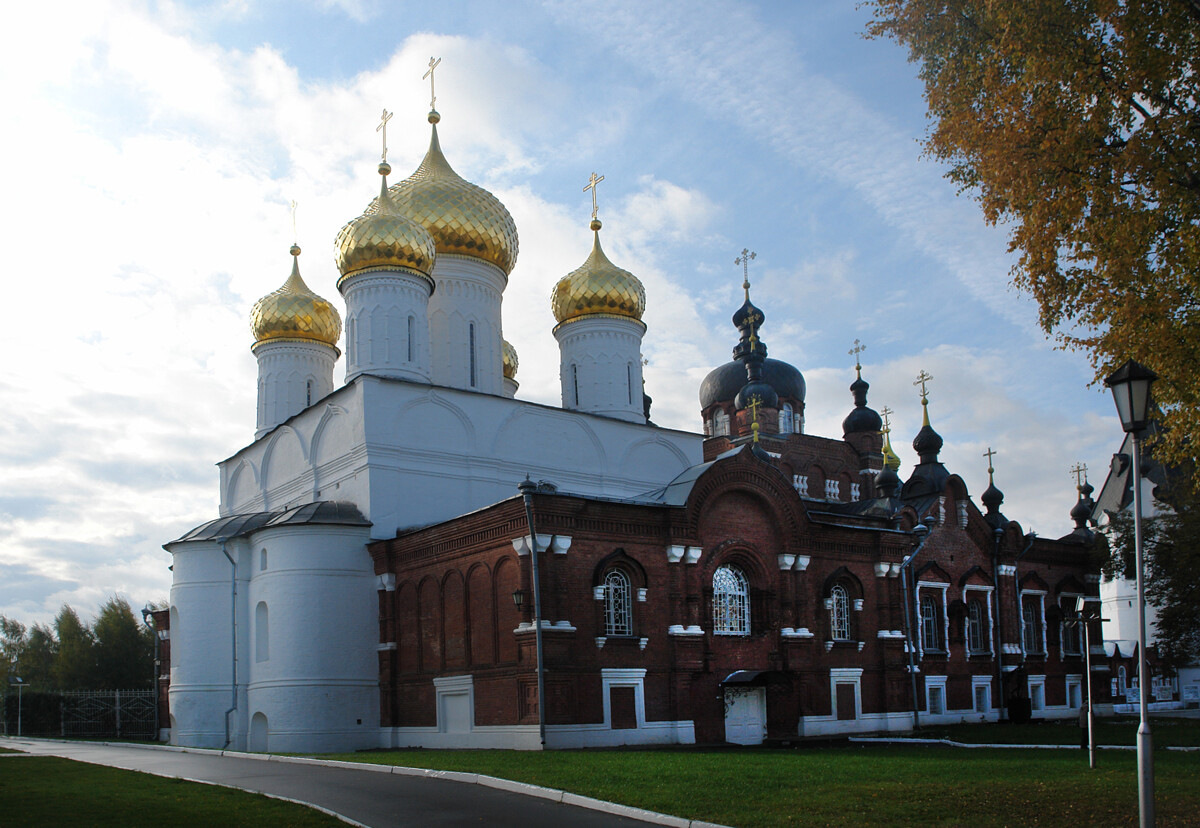
The Epiphany Cathedral of the Epiphany-Anastasia Monastery in Kostroma, where the icon was kept in 1991-2023
Slav Yakounin (CC BY-SA 4.0)In 1934, the Assumption Cathedral, in which the Feodorovskaya icon resided, was destroyed. The image changed several locations before it finally found a home in the Church of the Resurrection of Christ on Debra.
On August 18, 1991, the Feodorovskaya icon was transferred to the Epiphany Cathedral of the Epiphany-Anastasia Monastery in Kostroma.
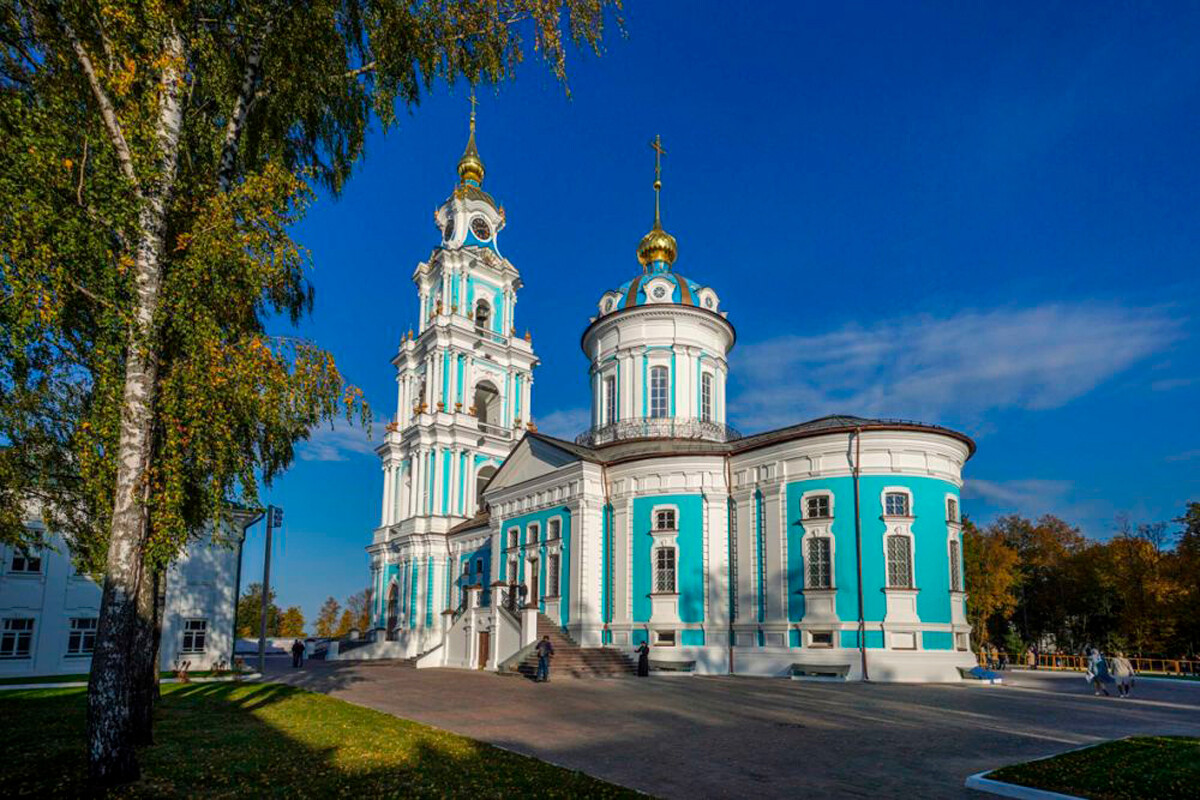
The Epiphany Cathedral in Kostroma, recreated in 2023, the current place of the Feodorovskaya Icon
Kostroma MetropolisOn March 27, 2000, on the official feast day of the Feodorovskaya Icon of the Mother of God, the results of the presidential election in Russia were announced – Vladimir Putin became the second president of Russia. The coincidence of these events inspired journalists to once again see the Feodorovskaya Icon of the Mother of God as the patron of Russia’s state power. Vladimir Putin himself did not emphasize this event, but in August 2000 he accepted a copy of the Feodorovskaya Icon from Archimandrite Ioann (Krestyankin).
In 2023, with the blessing of Patriarch Kirill of Moscow and All Russia, the Feodorovskaya Icon of the Mother of God was transferred to the renovated Epiphany Cathedral of the Kostroma Kremlin.
If using any of Russia Beyond's content, partly or in full, always provide an active hyperlink to the original material.
Subscribe
to our newsletter!
Get the week's best stories straight to your inbox